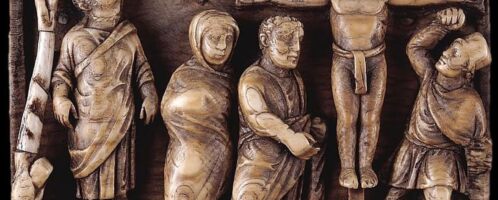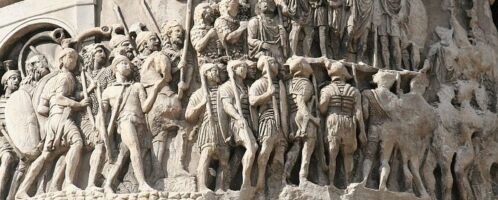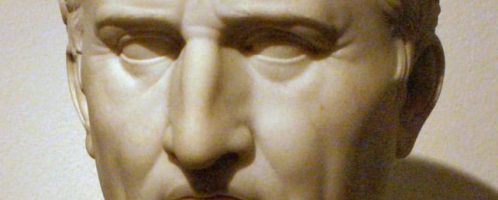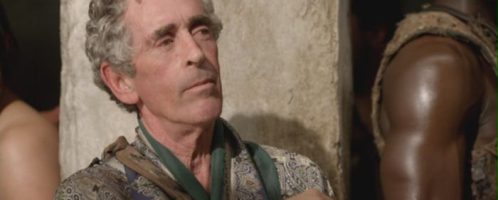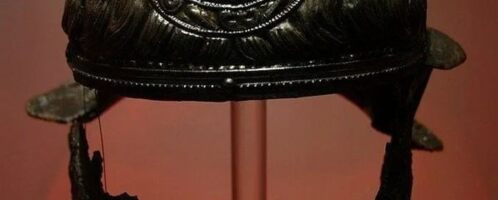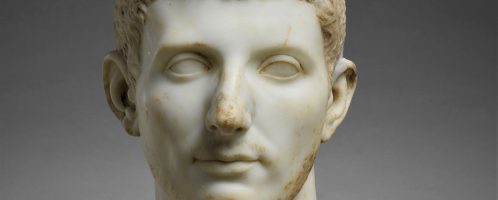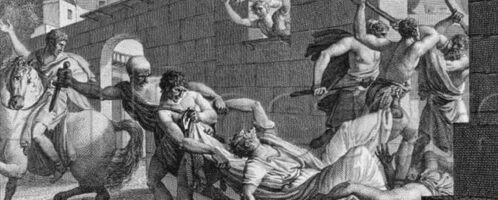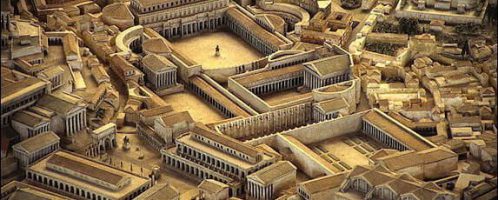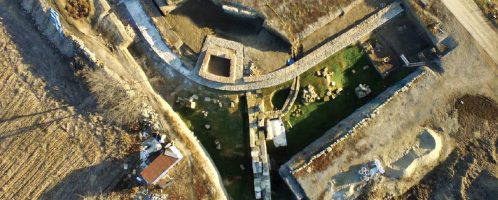Panel showing death of Judas and crucifixion of Christ
Ivory panel showing the death of Judas and the crucifixion of Christ. This is one of the earliest representations of the crucifixion that has survived to our time. The object dates to the 5th century CE. Currently, it is in The British Museum in London.

